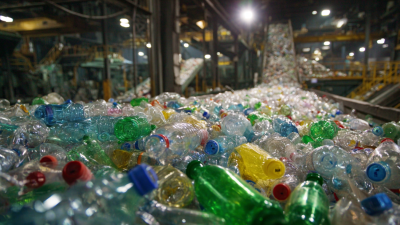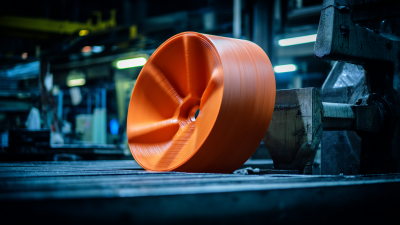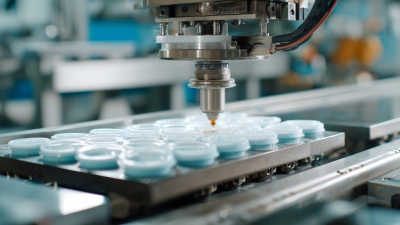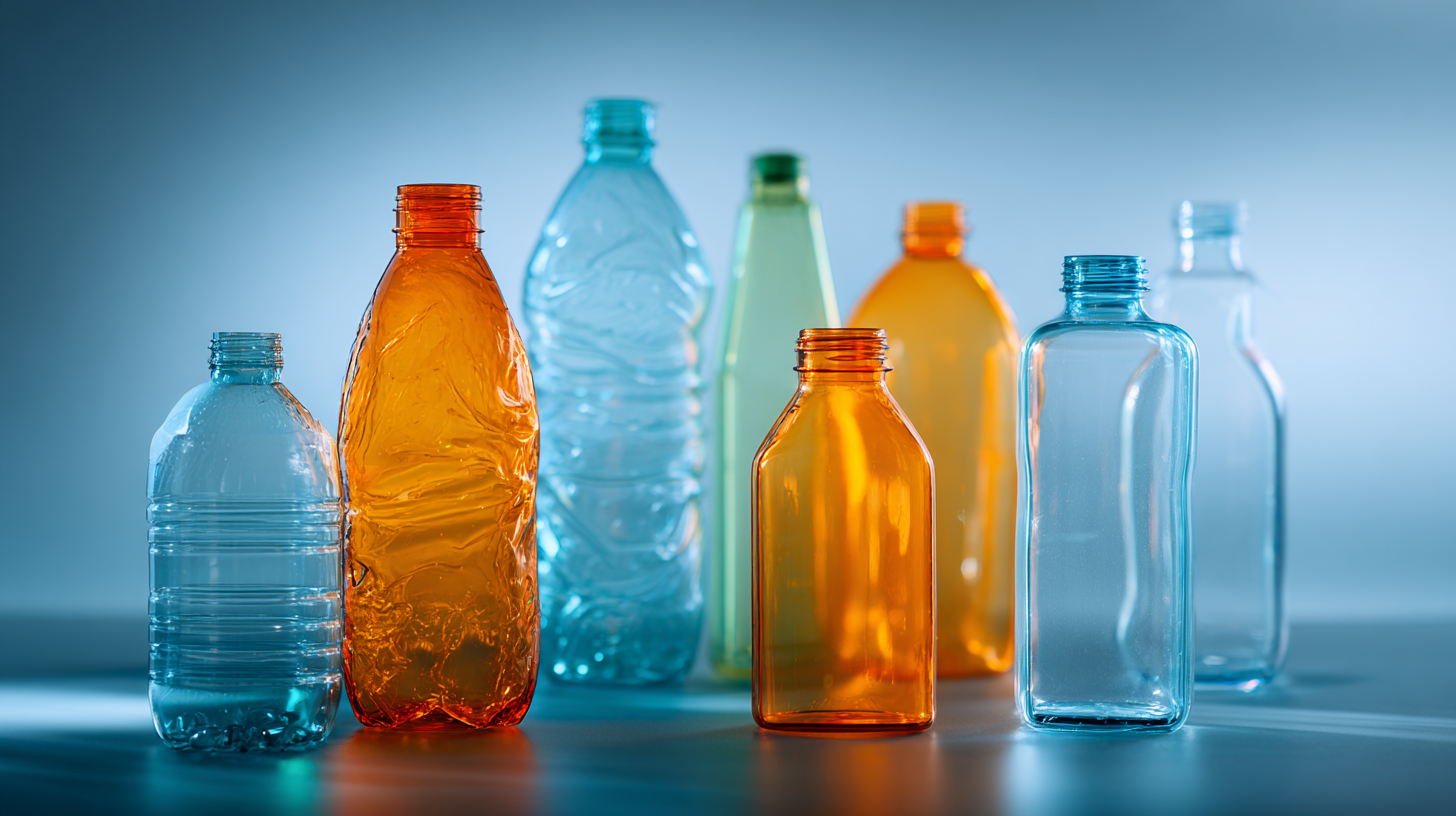 As the demand for
sustainable solutions continues to escalate, the
plastics industry is undergoing a transformative shift
towards innovative plastic products that are both eco-friendly
and efficient. According to a recent report by the Ellen MacArthur Foundation,
the global plastic packaging market is projected to exceed
$1 trillion by 2024, underscoring the critical need for sustainable practices in this sector.
Innovations such as bioplastics, biodegradable materials,
and advanced recycling technologies are at the forefront of this movement, promising to reduce the environmental footprint
associated with traditional plastic products. Furthermore, a study from
McKinsey & Company highlights that incorporating recycled content could potentially
mitigate over 60% of plastic waste entering landfills by 2030.
As we delve into the future of sustainability in plastic products, it’s evident that the convergence of
cutting-edge technology and sustainability principles is paving the way for
a more responsible and resilient industry.
As the demand for
sustainable solutions continues to escalate, the
plastics industry is undergoing a transformative shift
towards innovative plastic products that are both eco-friendly
and efficient. According to a recent report by the Ellen MacArthur Foundation,
the global plastic packaging market is projected to exceed
$1 trillion by 2024, underscoring the critical need for sustainable practices in this sector.
Innovations such as bioplastics, biodegradable materials,
and advanced recycling technologies are at the forefront of this movement, promising to reduce the environmental footprint
associated with traditional plastic products. Furthermore, a study from
McKinsey & Company highlights that incorporating recycled content could potentially
mitigate over 60% of plastic waste entering landfills by 2030.
As we delve into the future of sustainability in plastic products, it’s evident that the convergence of
cutting-edge technology and sustainability principles is paving the way for
a more responsible and resilient industry.
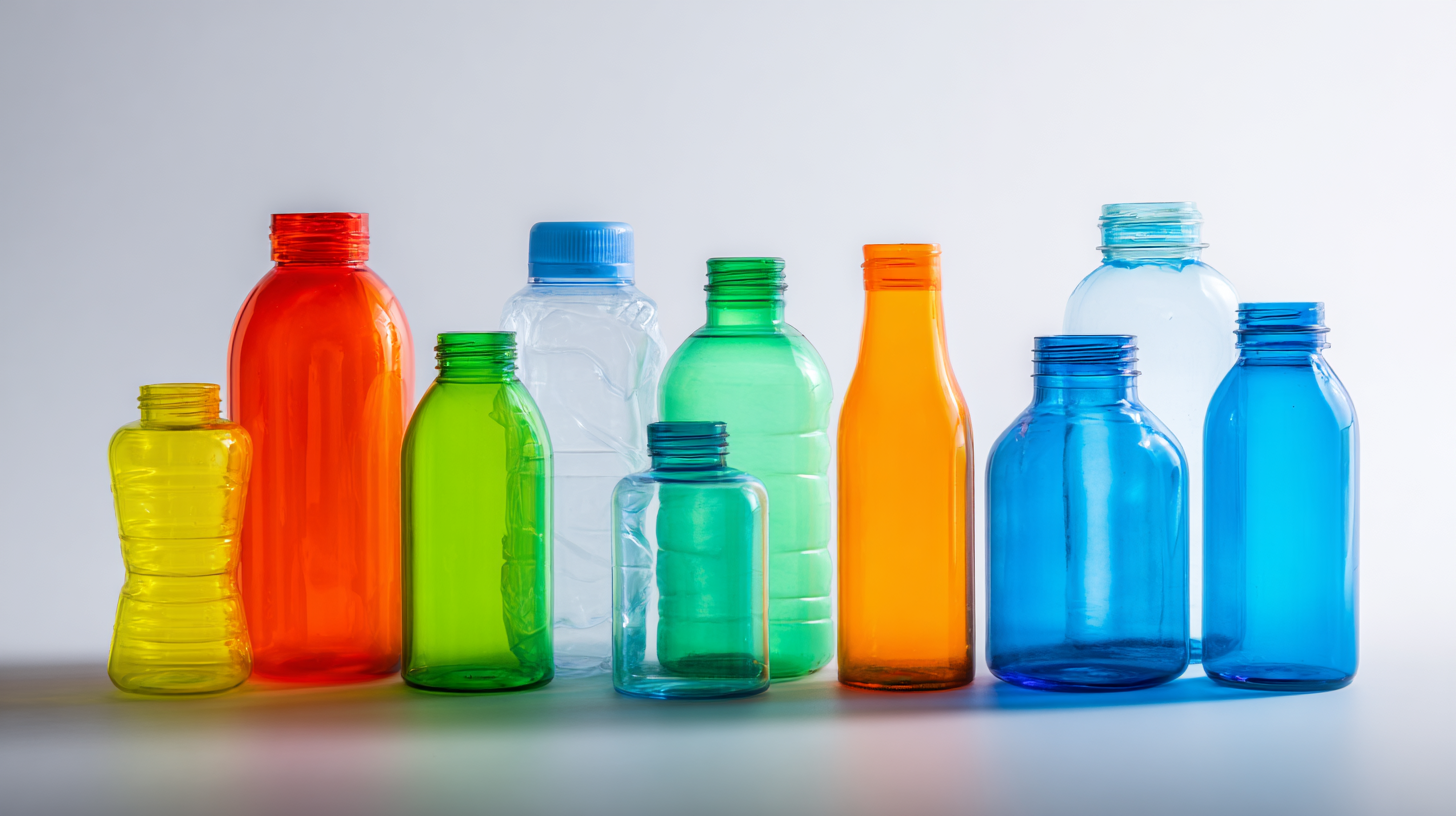 Innovative biodegradable plastics represent a significant leap towards a more sustainable future. Traditional plastics, which can take hundreds of years to decompose, pose a serious environmental threat. In contrast, biodegradable alternatives are designed to break down under natural conditions, minimizing their impact on landfills and oceans. These new materials are crafted from renewable resources, such as plant-based polymers, which makes them not only environmentally friendly but also versatile for various applications.
Innovative biodegradable plastics represent a significant leap towards a more sustainable future. Traditional plastics, which can take hundreds of years to decompose, pose a serious environmental threat. In contrast, biodegradable alternatives are designed to break down under natural conditions, minimizing their impact on landfills and oceans. These new materials are crafted from renewable resources, such as plant-based polymers, which makes them not only environmentally friendly but also versatile for various applications.
One of the most promising advancements in biodegradable plastics is the development of materials that mimic the properties of conventional plastics while ensuring a significantly reduced ecological footprint. Innovations like polylactic acid (PLA) and polyhydroxyalkanoates (PHA) have gained attention for their ability to decompose within a few months to a few years, depending on environmental conditions. Moreover, these bioplastics can be integrated into everyday products, from packaging to consumer goods, paving the way for a circular economy where materials can be reused and recycled without contributing to pollution. As industries embrace these sustainable materials, we move closer to mitigating the plastic crisis and fostering a healthier planet.
Innovations in plastic products today are paving the way for a more sustainable future, particularly through advancements in recycling technologies. Traditional recycling methods often struggle with the complexities of different plastic compositions, leading to a significant percentage of plastic waste ending up in landfills. However, new technologies such as enzymatic recycling and advanced sorting systems are now making it possible to break down plastics into their fundamental monomers, enabling them to be reused in the creation of virgin-quality materials. This not only reduces waste but also minimizes the need for fossil fuel extraction.
Moreover, the integration of digital technologies, like AI and machine learning, has revolutionized how we manage plastic waste. These technologies enhance sorting efficiency by recognizing and categorizing various plastic types much faster than manual methods. This improvement increases the overall recycling rate while decreasing contamination in recycled materials. As innovations continue to emerge, the potential for closed-loop recycling systems — where products are continuously repurposed into new items — becomes increasingly attainable, demonstrating a transformative shift in our approach to plastic waste management.
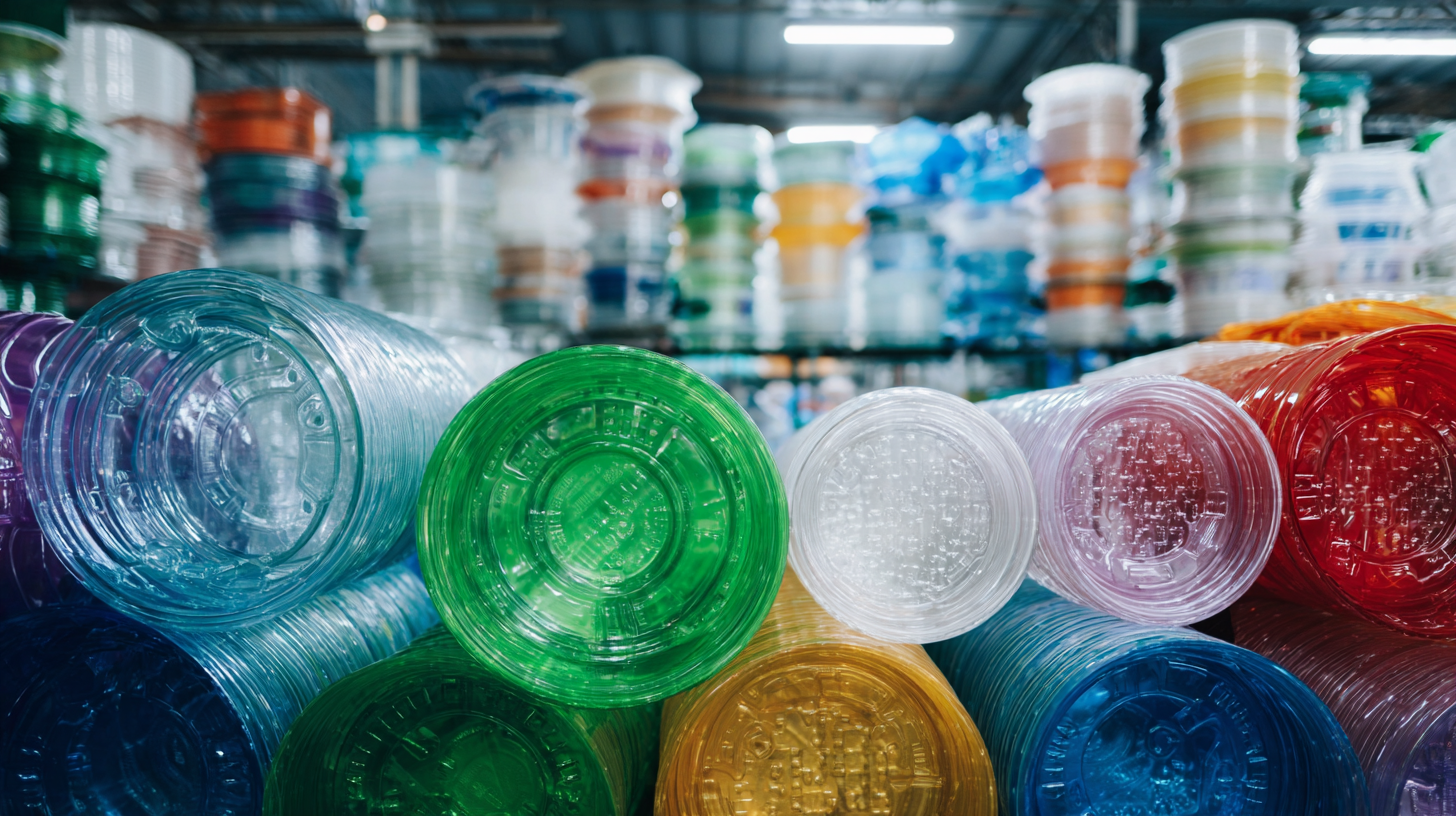 The rise of smart packaging solutions marks a pivotal shift towards sustainability in the plastic industry. These innovations leverage digital technologies to enhance recycling processes, provide real-time tracking of product freshness, and minimize waste. With the integration of sensors and QR codes, consumers are now empowered to make informed choices about their purchases while companies benefit from efficiencies that can greatly reduce their carbon footprints.
The rise of smart packaging solutions marks a pivotal shift towards sustainability in the plastic industry. These innovations leverage digital technologies to enhance recycling processes, provide real-time tracking of product freshness, and minimize waste. With the integration of sensors and QR codes, consumers are now empowered to make informed choices about their purchases while companies benefit from efficiencies that can greatly reduce their carbon footprints.
Tips: When considering packaging options, look for brands that utilize smart technology to ensure their products contribute to a more sustainable ecosystem. Choosing items with clear labeling about their recyclability can save you time and effort in proper disposal.
Moreover, advancements such as biodegradable sensors and recyclable materials are paving the way for eco-friendly packaging solutions. By adopting these innovations, businesses can not only comply with evolving regulations but also appeal to environmentally conscious consumers. The digital integration of functions like temperature monitoring ensures that products remain safe and fresh, thus reducing food waste significantly.
Tips: Always check for certifications that indicate sustainable practices in packaging. Supporting companies that invest in smart packaging innovations can drive the industry toward a greener future while rewarding you with better product experiences.
As the world increasingly grapples with the environmental impacts of plastic waste, bioplastics have emerged as a promising alternative. Innovators in the industry are turning to plant-based materials derived from sources like cornstarch, sugarcane, and even algae, which can significantly reduce our reliance on fossil fuels. According to a report by Smithers, the global bioplastics market is projected to reach 6.2 million metric tons by 2024, suggesting a growing interest in sustainable materials that align with consumer demand for greener products.
In particular, bioplastics such as PLA (polylactic acid) and PHA (polyhydroxyalkanoates) are gaining traction for various applications including packaging, textiles, and disposable utensils. The European Bioplastics Association notes that over 50% of the bioplastics produced in 2021 were used for packaging. This shift not only helps reduce greenhouse gas emissions but also promotes a circular economy where materials can be recycled and composted, rather than ending up in landfills.
**Tips**: When looking to make more sustainable choices, consider opting for products made with bioplastics, especially in single-use items like cutlery or bags. Additionally, check for certifications indicating that the product can be composted or recycled, ensuring that your purchase contributes to a healthier planet. Lastly, stay informed about new technologies and materials being developed in the bioplastic space, as innovations are constantly evolving.
This chart illustrates the increasing adoption of bioplastics over traditional plastics in recent years. The data reflects the shift towards more sustainable alternatives, highlighting the growing awareness and demand for environmentally friendly products.
The circular economy offers a transformative framework for addressing the environmental impact of plastic products, emphasizing the importance of reducing waste and promoting sustainability. By redesigning product lifecycles and advocating for better waste management practices, stakeholders across various sectors can significantly mitigate the negative effects of plastic pollution. International efforts, such as those spearheaded in Geneva, highlight the critical role of governance in minimizing waste and ensuring that plastic particles are managed effectively to prevent environmental contamination.
Innovative approaches in the circular economy not only target the waste produced by plastic but also seek to redesign existing systems. For instance, the food packaging industry is under scrutiny for its heavy reliance on plastics, prompting a shift towards sustainable packaging solutions. By adopting circular principles, companies can develop models that reduce material use and prioritize recycling, thereby driving sustainability throughout the supply chain. Additionally, initiatives in laboratories demonstrate how circular economy practices can lead to more sustainable operations, ultimately benefiting the environment while promoting efficiency within industries reliant on plastic materials.
